Health literacy skills can help you make an informed decision about and activity participate in biomedical research. The following resources can be used to support health literacy in your community.
Understanding Health Equity
Health equity is when everyone has the chance to be as healthy and as happy as they can be. Health inequity—which happens everywhere, not just in developing countries—is not a simple problem to solve. Knowing what it is and being able to recognize it is a very important first step. This series of activities will help you understand why equality (treating everyone the same way) is not the same as equity, and how “the three D’s” (diversity, discrimination, and disparities) interact to create situations where some people are disadvantaged in ways that affect their health. The final case study lets you apply what you’ve learned to show how health inequity is both avoidable and fixable.
-
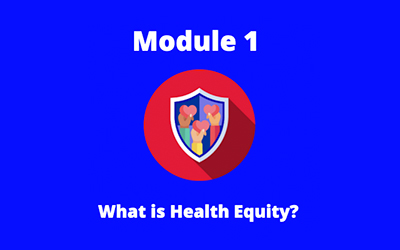
What is Health Equity?
Start Module OneThis is the first of six short modules. By engaging with this module, you will learn what health equity is, and how equity is different than equality.
-
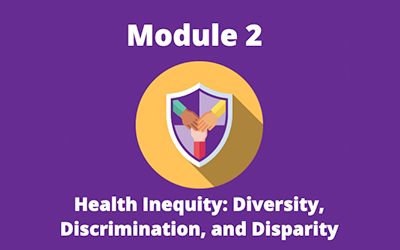
Health Inequity: Diversity, Discrimination, and Disparity
Start Module TwoThis is the second of six short modules. By engaging with this module, you will learn to identify health inequity and how “the three D’s” interact to create situations where some people are disadvantaged in ways that affect their health.
-
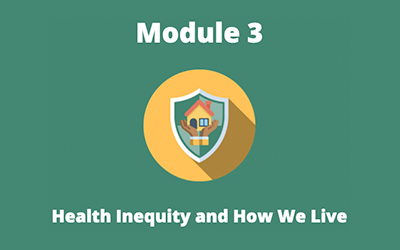
Health Inequity and How We Live
Start Module ThreeThis is the third of six short modules. By engaging with this module, you will learn how the ways and places we live impact our health.
-
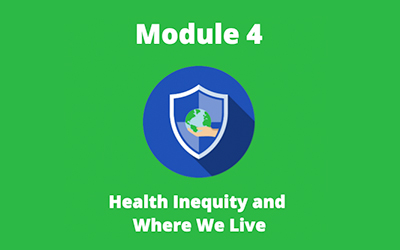
Health Inequity and Where We Live
Start Module FourThis is the fourth of six short modules. By engaging with this module, you will learn how the environment in which we live impacts our health.
-
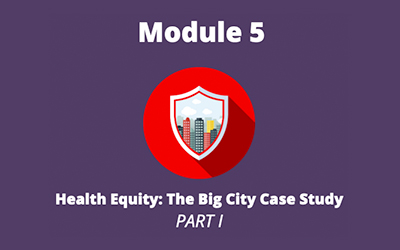
Health Equity: The Big City Case Study, Part 1
Start Module FiveThis is the fifth of six short modules. By engaging in this module, you will see how a variety of factors contribute to health disparities.
-
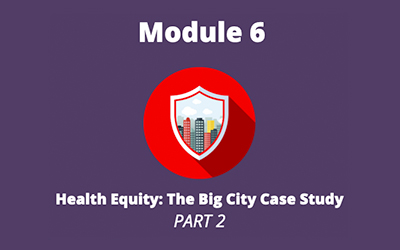
Health Equity: The Big City Case Study, Part 2
Start Module SixThis is the sixth and final short module in this series. By engaging with this module, you will see how addressing some health disparities can lead to better health equity.
Prevention and Awareness Topics
The calendar is full of months and days dedicated to prevention and awareness of many health topics. The NNLM All of Us Program Center (NAPC) hosts a growing collecting of online activities, programs and resources that you can use to share and celebrate health, learn about prevention, and raise awareness of health-related campaigns. By engaging with these tools, you will learn about national health observances, prevention and awareness topics. These resources are available in English and Spanish.
-
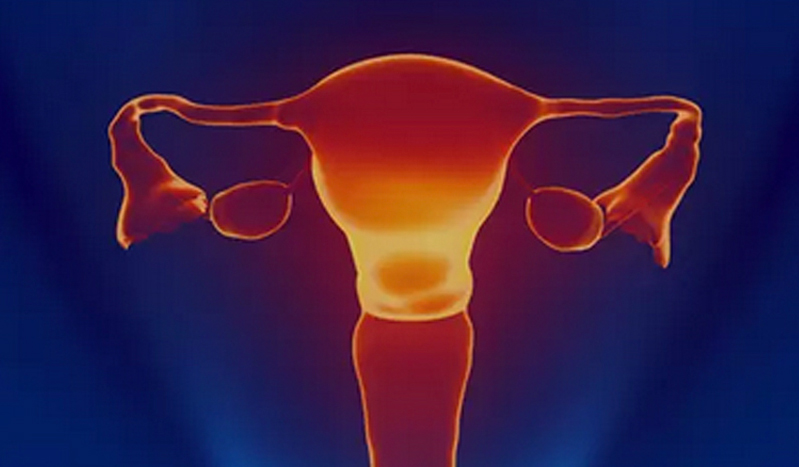
Cervical Health Awareness Month Toolkit
Browse This ToolkitJanuary is Cervical and Thyroid Health Awareness Month. This toolkit includes icons, infographics and a one-page information guide that you can use in online promotions to create awareness for cervical health.
-
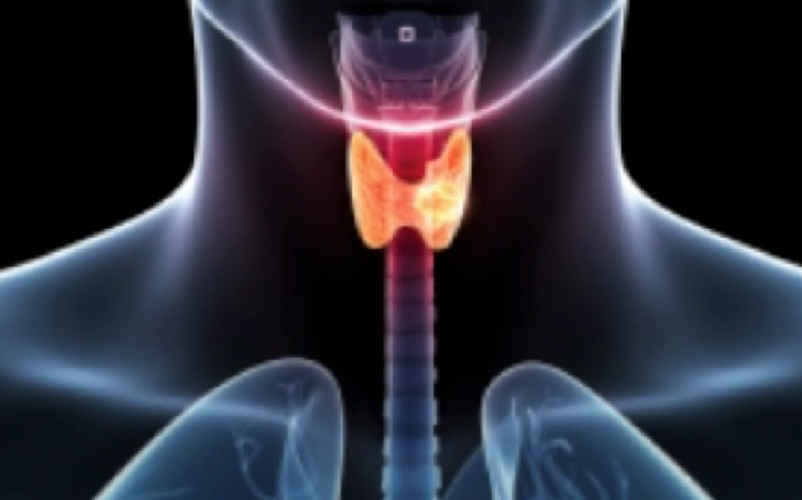
Thyroid Health Awareness Month Toolkit
Browse This ToolkitJanuary is Cervical and Thyroid Health Awareness Month. This toolkit includes icons, infographics and a one-page information guide that you can use in online promotions to create awareness for thyroid health. This toolkit is available in English and Spanish.
